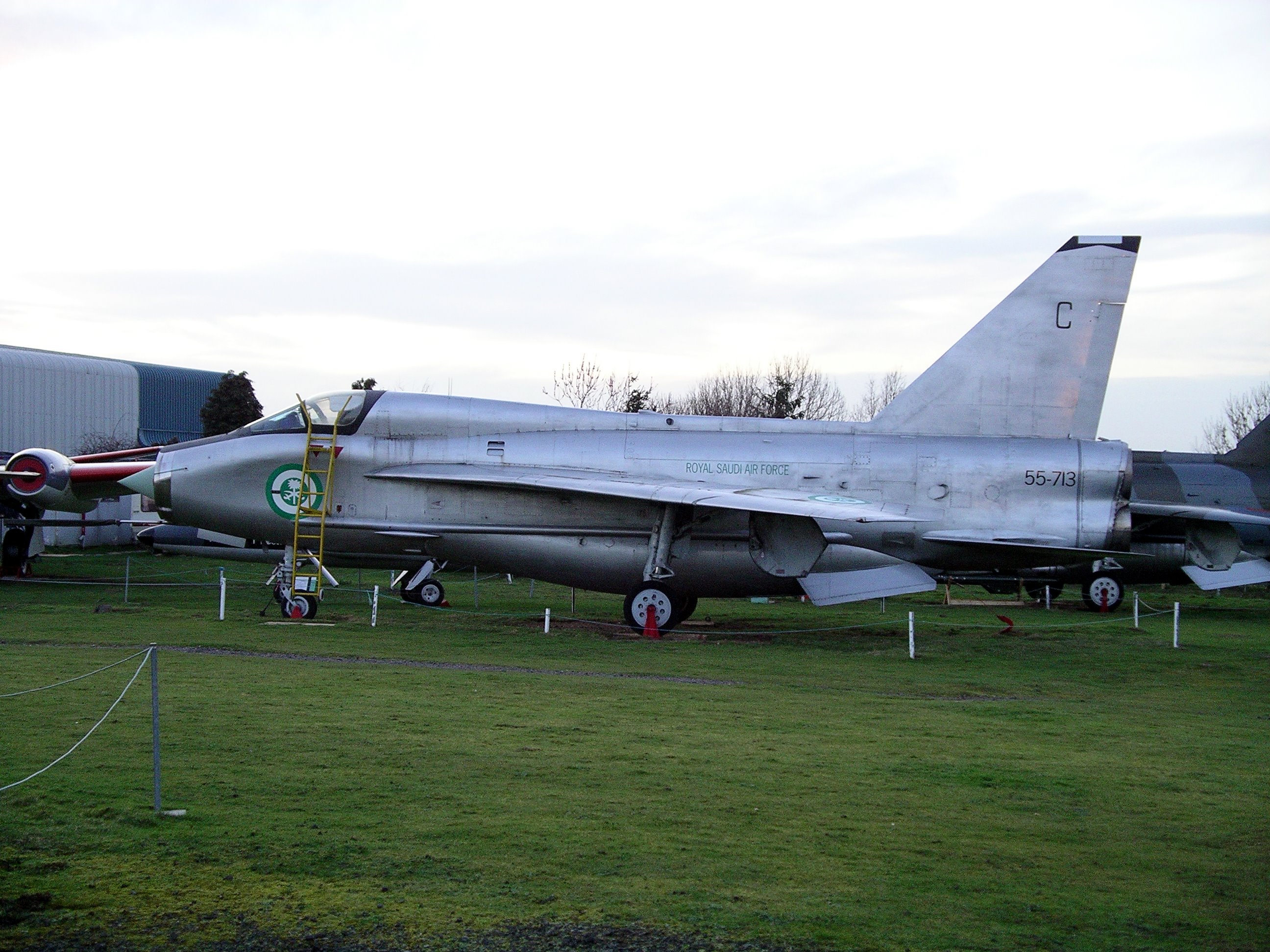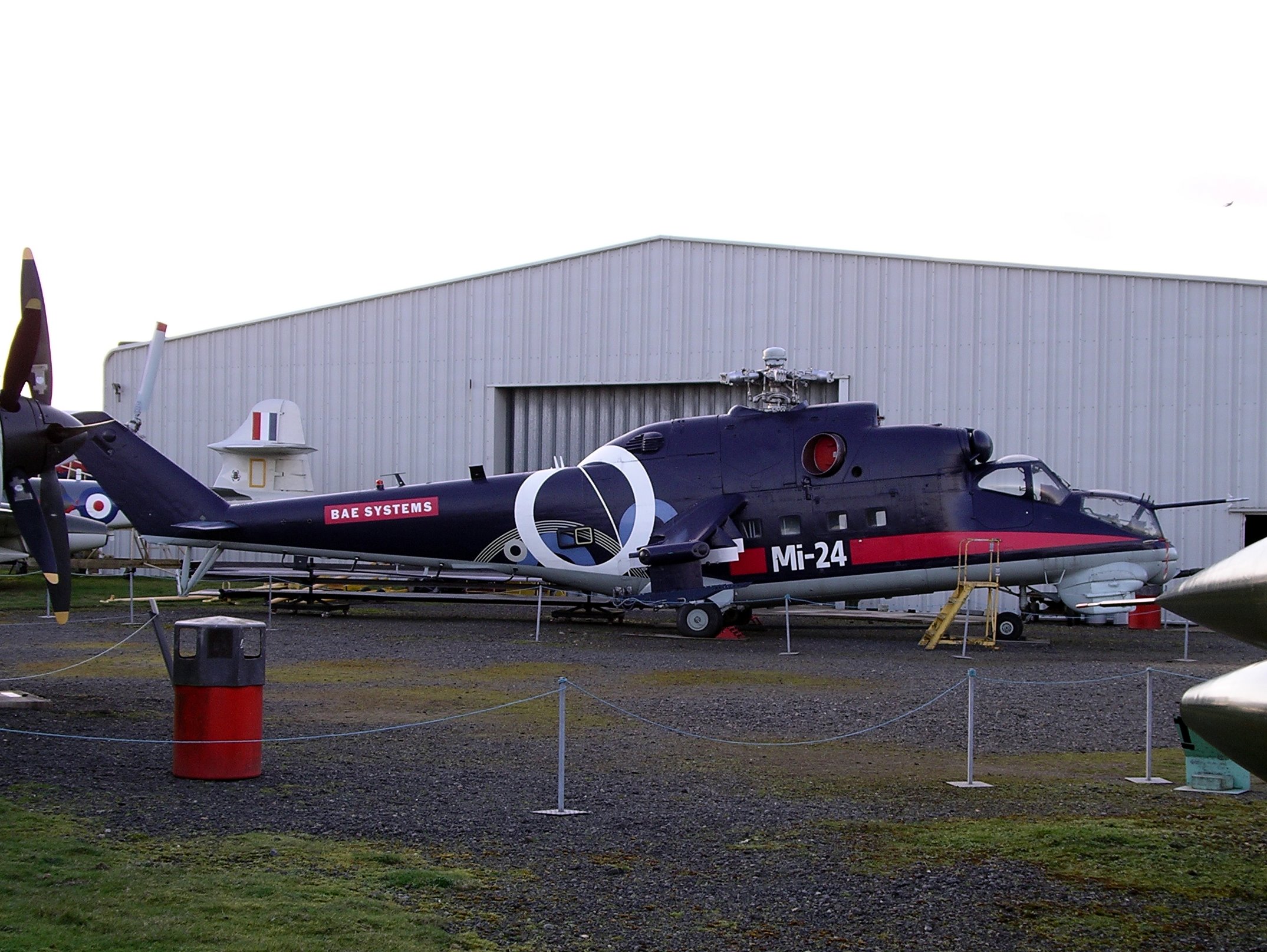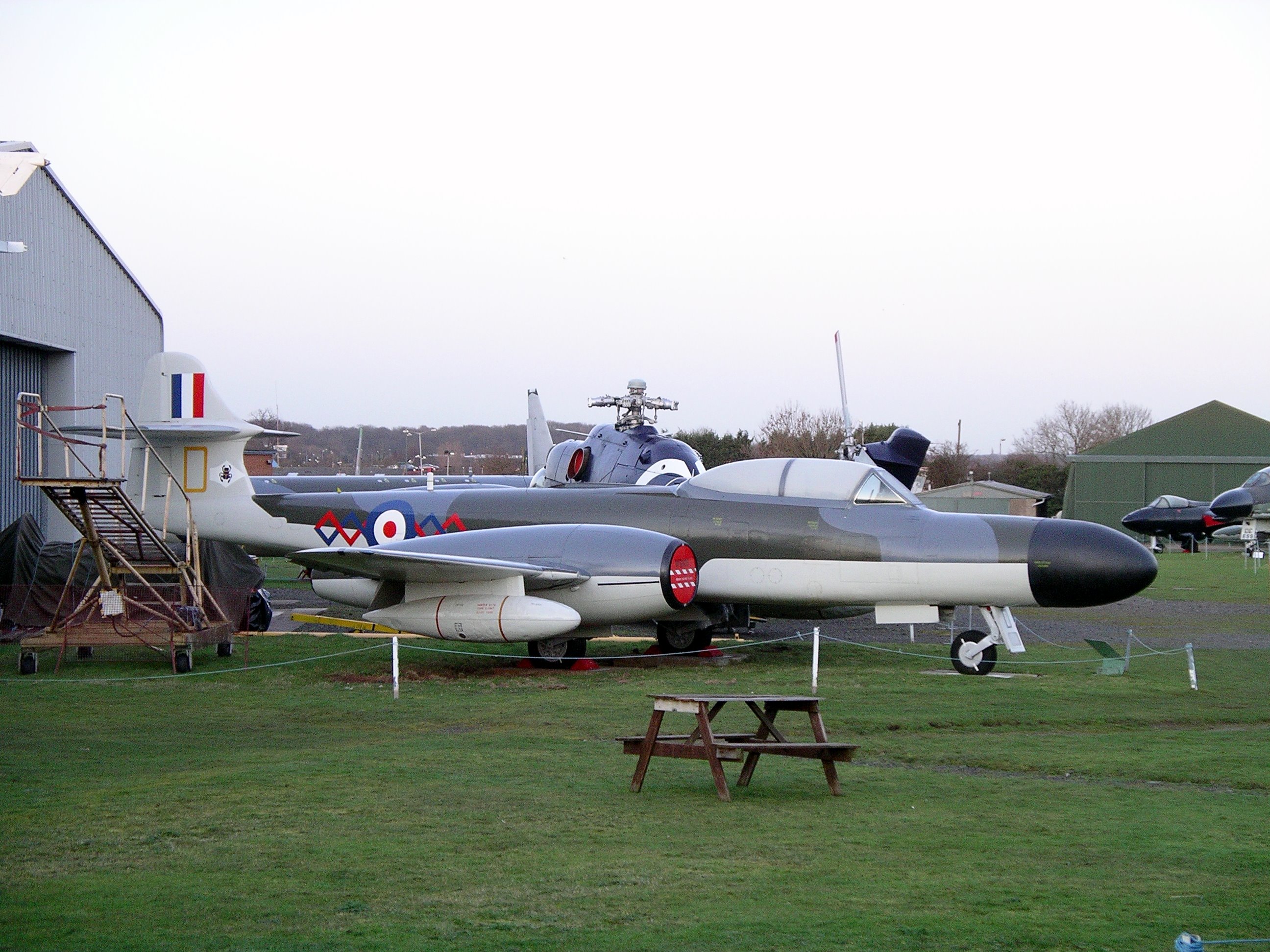Midland Air Museum on:
[Wikipedia]
[Google]
[Amazon]
The Midland Air Museum (MAM) is situated just outside the village of












 The museum's two largest aircraft are an
The museum's two largest aircraft are an
Midland Air Museum web siteViscount F-BGNR owned by the Viscount 35 Association is currently on display at the Midland Air Museum.
* ttps://web.archive.org/web/20121020054255/http://www.btinternet.com/~javelin// Website about the Midland Air Museums Javelin FAW.5 XA699 {{authority control Aerospace museums in England Museums in Warwickshire
Baginton
Baginton is a village and civil parish in the Warwick district of Warwickshire, England, and has a common border with the City of Coventry / West Midlands county. With a population of 801 ( 2001 Census), Baginton village is 4 miles (6.5 km) sout ...
in Warwickshire
Warwickshire (; abbreviated Warks) is a county in the West Midlands region of England. The county town is Warwick, and the largest town is Nuneaton. The county is famous for being the birthplace of William Shakespeare at Stratford-upon-Avo ...
, England
England is a country that is part of the United Kingdom. It shares land borders with Wales to its west and Scotland to its north. The Irish Sea lies northwest and the Celtic Sea to the southwest. It is separated from continental Europe ...
, and is adjacent to Coventry Airport
Coventry Airport is located south-southeast of Coventry city centre, in the village of Baginton, Warwickshire, England. The airport is operated and licensed by Coventry Airport Limited. Its CAA Ordinary Licence (Number P902) allows flights ...
. The museum includes the ''Sir Frank Whittle
Air Commodore Sir Frank Whittle, (1 June 1907 – 8 August 1996) was an English engineer, inventor and Royal Air Force (RAF) air officer. He is credited with inventing the turbojet engine. A patent was submitted by Maxime Guillaume in 1921 fo ...
Jet Heritage Centre'' (named after the local aviation pioneer and inventor of the jet engine
A jet engine is a type of reaction engine discharging a fast-moving jet (fluid), jet of heated gas (usually air) that generates thrust by jet propulsion. While this broad definition can include Rocket engine, rocket, Pump-jet, water jet, and ...
), where many exhibits are on display in a large hangar
A hangar is a building or structure designed to hold aircraft or spacecraft. Hangars are built of metal, wood, or concrete. The word ''hangar'' comes from Middle French ''hanghart'' ("enclosure near a house"), of Germanic origin, from Frankish ...
. It also has a small hangar, and a fenced-off green area where many aircraft are on display in the open.
Aircraft on display





 The museum's two largest aircraft are an
The museum's two largest aircraft are an Avro Vulcan B.2
The Avro Vulcan (later Hawker Siddeley Vulcan from July 1963) is a jet-powered, tailless, delta-wing, high-altitude, strategic bomber, which was operated by the Royal Air Force (RAF) from 1956 until 1984. Aircraft manufacturer A.V. Roe an ...
and an Armstrong Whitworth Argosy AW.650 (series 101). The restored Avro Vulcan is a delta-wing
A delta wing is a wing shaped in the form of a triangle. It is named for its similarity in shape to the Greek uppercase letter delta (Δ).
Although long studied, it did not find significant applications until the Jet Age, when it proved suitab ...
ed aircraft that was originally part of the V bomber
The "V bombers" were the Royal Air Force (RAF) aircraft during the 1950s and 1960s that comprised the United Kingdom's strategic nuclear strike force known officially as the V force or Bomber Command Main Force. The three models of strategic ...
force and could be equipped with nuclear missiles as part of Britain's role in NATO
The North Atlantic Treaty Organization (NATO, ; french: Organisation du traité de l'Atlantique nord, ), also called the North Atlantic Alliance, is an intergovernmental military alliance between 30 member states – 28 European and two N ...
's nuclear deterrent force during the Cold War
The Cold War is a term commonly used to refer to a period of geopolitical tension between the United States and the Soviet Union and their respective allies, the Western Bloc and the Eastern Bloc. The term '' cold war'' is used because t ...
. It is on display near the museum's car park, together with an Avro Blue Steel missile, an early design format of such a nuclear missile, and a Boulton Paul BP.111A, an experimental delta-winged aircraft of the 1950s.
The museum also has an English Electric Canberra PR.3, two English Electric Lightning
The English Electric Lightning is a British fighter aircraft that served as an interceptor during the 1960s, the 1970s and into the late 1980s. It was capable of a top speed of above Mach 2. The Lightning was designed, developed, and manufa ...
s (the RAF's fastest ever interceptor), two Gloster Meteor
The Gloster Meteor was the first British jet fighter and the Allies of World War II, Allies' only jet aircraft to engage in combat operations during the Second World War. The Meteor's development was heavily reliant on its ground-breaking turb ...
s (one on loan from the Royal Air Force Museum
The Royal Air Force Museum is a museum dedicated to the Royal Air Force in the United Kingdom. The museum is a non-departmental public body of the Ministry of Defence and is a registered charity.
The museum is split into two separate sites:
* ...
), an Armstrong Whitworth Sea Hawk FGA.6, a Mil Mi-24
The Mil Mi-24 (russian: Миль Ми-24; NATO reporting name: Hind) is a large helicopter gunship, attack helicopter and low-capacity troop transport with room for eight passengers. It is produced by Mil Moscow Helicopter Plant and has been ...
helicopter, and many others.
List of aircraft on display
Former residents on the British Aircraft Preservation Council register
* BAPC. 25 - Nyborg TGN-111 glider.Wright 1979, p. 188 * BAPC. 26 - Auster AOP.9. * BAPC. 67 - Bf 109 (replica)Wright 1981, p. 188 * BAPC. 68 - Hurricane (replica) * BAPC. 69 - Spitfire (replica) * BAPC. 72 - Hurricane (replica) * BAPC. 125 - Clay CherubWright 1981, p. 189Engines on display
The Midland Air Museum has a number of aero engines on display with a dedicated section on the work ofFrank Whittle
Air Commodore Sir Frank Whittle, (1 June 1907 – 8 August 1996) was an English engineer, inventor and Royal Air Force (RAF) air officer. He is credited with inventing the turbojet engine. A patent was submitted by Maxime Guillaume in 1921 fo ...
.
Piston engines
*Alvis Leonides
The Alvis Leonides was a British air-cooled nine-cylinder radial aero engine first developed by Alvis Car and Engineering Company in 1936.
Design and development
Development of the nine-cylinder engine was led by Capt. George Thomas Smith-Cla ...
*Bentley BR1
The Bentley BR.1 was a British rotary aircraft engine of the First World War. Designed by the motor car engine designer W. O. Bentley, the BR.1 was built in large numbers, being one of the main powerplants of the Sopwith Camel.
Design and develo ...
*Rolls-Royce Griffon
The Rolls-Royce Griffon is a British 37- litre (2,240 cu in) capacity, 60-degree V-12, liquid-cooled aero engine designed and built by Rolls-Royce Limited. In keeping with company convention, the Griffon was named after a bird of pre ...
Gas turbine engines
*Armstrong Siddeley Mamba
The Armstrong Siddeley Mamba was a British turboprop engine produced by Armstrong Siddeley in the late 1940s and 1950s, producing around 1,500 effective horsepower (1,100 kW).
Armstrong Siddeley gas turbine engines were named after snak ...
* Armstrong Siddeley Double Mamba
*Armstrong Siddeley Sapphire
The Armstrong Siddeley Sapphire is a British turbojet engine that was produced by Armstrong Siddeley in the 1950s. It was the ultimate development of work that had started as the Metrovick F.2 in 1940, evolving into an advanced axial flow de ...
*Armstrong Siddeley Viper
The Armstrong Siddeley Viper is a British turbojet engine developed and produced by Armstrong Siddeley and then by its successor companies Bristol Siddeley and Rolls-Royce Limited. It entered service in 1953 and remained in use with the Roya ...
* de Havilland Ghost (Svenska Flygmotor RM2)
*Bristol Siddeley Orpheus
The Bristol Siddeley Orpheus was a single-spool turbojet developed by Bristol Siddeley for various light fighter/trainer applications such as the Folland Gnat and the Fiat G.91. Later, the Orpheus formed the core of the first Bristol Pegasus ...
*Rolls-Royce Avon
The Rolls-Royce Avon was the first axial flow jet engine designed and produced by Rolls-Royce. Introduced in 1950, the engine went on to become one of their most successful post-World War II engine designs. It was used in a wide variety of ...
*Rolls-Royce Derwent
The Rolls-Royce RB.37 Derwent is a 1940s British centrifugal compressor turbojet engine, the second Rolls-Royce jet engine to enter production. It was an improved version of the Rolls-Royce Welland, which itself was a renamed version of Fran ...
*Rolls-Royce Gem
The Rolls-Royce Gem is a turboshaft engine developed specifically for the Westland Lynx helicopter in the 1970s. The design started off at de Havilland (hence the name starting with "G") and was passed to Bristol Siddeley as the BS.360. When R ...
*Rolls-Royce Spey
The Rolls-Royce Spey (company designations RB.163 and RB.168 and RB.183) is a low-bypass turbofan engine originally designed and manufactured by Rolls-Royce that has been in widespread service for over 40 years. A co-development version of th ...
* Rover W2B/26
Rocket engines
*Bristol Siddeley BS.605
The Bristol Siddeley BS.605 was a British take off assist rocket engine of the mid-1960s that used hydrogen peroxide and kerosene propellant.
Design and development
The BS.605 design was based on the smaller of two combustion chambers of ...
*Armstrong Siddeley Stentor
The Armstrong Siddeley Stentor, latterly Bristol Siddeley BSSt.1 Stentor, was a two-chamber High-test_peroxide#Applications, HTP rocket engine used to power the Blue Steel missile, Blue Steel stand-off missile carried by Britain's V bomber for ...
See also
*List of aerospace museums
This is a list of aviation museums and museums that contain significant aerospace-related exhibits throughout the world. The aviation museums are listed alphabetically by country and their article name.
Afghanistan
* OMAR Mine Museum, Kabul - inc ...
Notes
References
*Wright, Alan J., ''Civil Aircraft Markings 1979''. Ian Allan Ltd, Shepperton, Surrey, UK. . *Wright, Alan J., ''Civil Aircraft Markings 1981''. Ian Allan Ltd, Shepperton, Surrey, UK. . *Wright, Alan J., ''Civil Aircraft Markings 1984''. Ian Allan Ltd, Shepperton, Surrey, UK. .External links
Midland Air Museum web site
* ttps://web.archive.org/web/20121020054255/http://www.btinternet.com/~javelin// Website about the Midland Air Museums Javelin FAW.5 XA699 {{authority control Aerospace museums in England Museums in Warwickshire